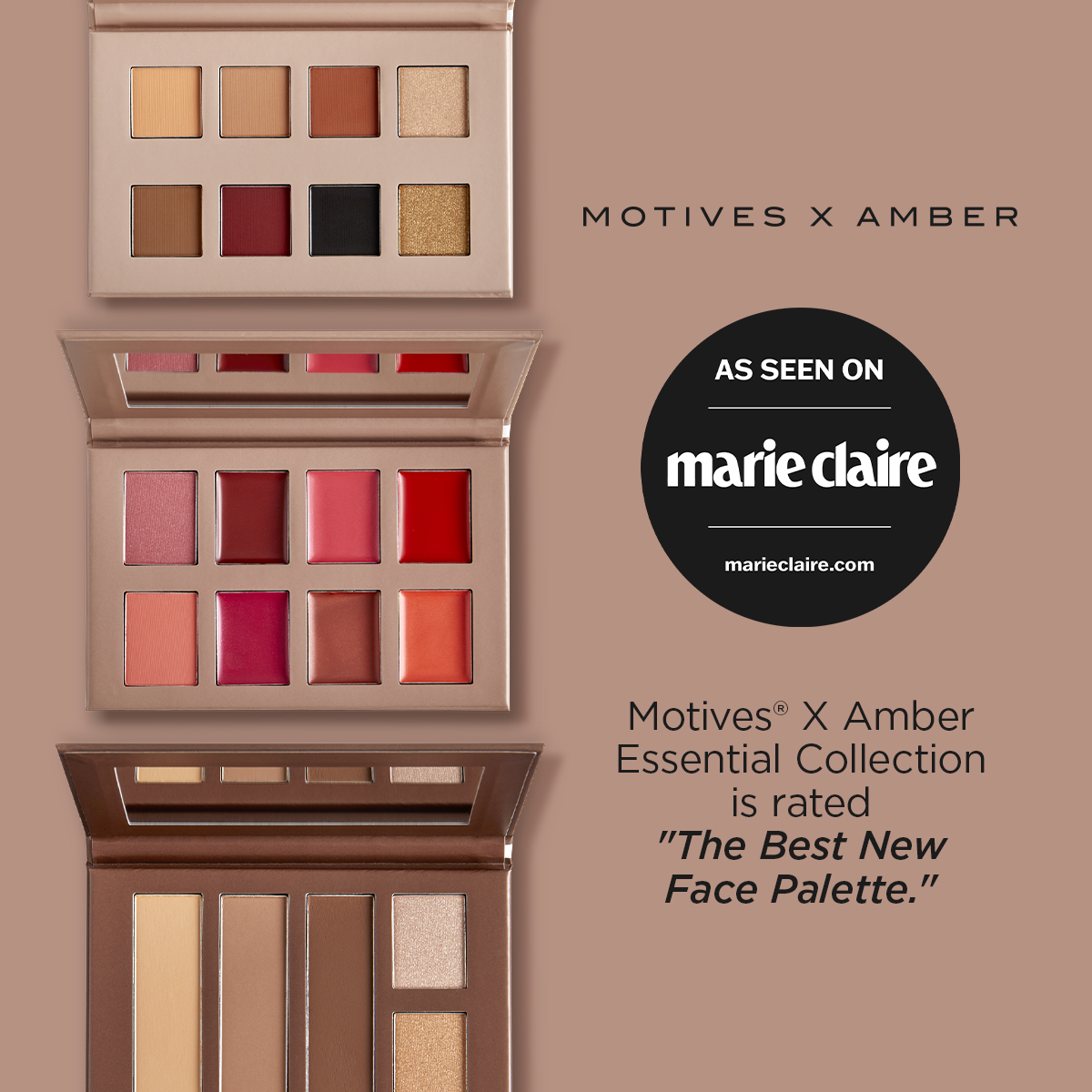It’s never too late to follow your dreams, nevertheless turning what you are most passionate about into your dream business. Ever since I can remember I loved playing with makeup, jewelry, and anything that had to do with fashion. It’s not till 3 years ago that my husband motivated me to start my own makeup line. He said “Loren, I don’t know anyone who knows makeup better than you. You are used to using the best products and keep on top of the trends.” Maybe he was right! I love makeup and I love helping others, so I researched anything and everything I could and set out to launch Motives Cosmetics by Loren Ridinger. It wasn’t easy, but I loved it. I was so passionate about launching my own line that there was no stopping! Now Motives Cosmetics is one of Market America’s highest selling line. I came across this insightful article on Fast Company that I had to share with all of you.
Here are 5 steps to turn your passion into your business:
Matthew Larson is the chief of product design for one of the surf industry’s most exciting new brands, Matuse, which designs incredible, high-end wet suits. Larson is a soft-spoken, kind-spirited design thinker who is passionate about surfing and technology. Through the following 10 ideas, you’ll learn how Matt has combined his love for surfing and design while building a company he loves.
1. Surround yourself with smart people with different skills.
Matuse was founded by three partners–Larson, CEO John Vincent Campbell, and his father, Matuse chairman John B. Campbell.
Larson met John Campbell at Mitch’s. Campbell, who came from the advertising industry, was working on a textile project, and had a material he was interested in selling to the surf industry; he was looking for anyone who might know something about wet suits. That’s when they first met, and the magic happened. Matuse’s genesis is special for Larson; he believes there are people in your life you meet for a reason.
2. . Take time to design your business. Larson and Campbell met many times to talk about philosophy, art, design, culture, and affinities they had for other great companies. Over this time they thoughtfully created the foundations for Matuse. They created a brand pyramid, which helped them to delve deeper into their concept of a company with human traits. They took time to think, create, plan, and build a company that the surf industry had never seen before.
3. Stick with it. There is always a light at the end of the tunnel. Matuse’s biggest challenge was starting a company focused on an unapologetically high-end market in a down economy. Matuse delivered its first products late summer of 2006, shortly after that the economy started its nosedive. That aside, the team at Matuse has worked intelligently and looked for the best retail partners to help deliver their message and be their ambassadors of “ichiban” (Japanese for “number one; the best”). They had to dig deep and stay focused, and are now seeing the light at the end of the tunnel. Their product line, which started with three pieces, is now close to forty. I predict that Matuse will grow into one of the surf industry’s most admired and successful brands in the years to come.
4. Your brand is a pledge. Matuse’s definition of brand is that it’s a “pledge” of sorts; an undertaking by the company to produce an expectation. Everyone is innately conscious or unconscious of branding. Large brands elicit certain emotions, thoughts, and memories from the consumer. This is what drives their decision to purchase or not purchase. While brand identity and advertising campaigns are visually important (especially in an industry like surfing, which is built off of imagery and emotion), they’re only effective if the brand can reinforce the original pledge. The pledge is a company’s expectation for something to perform the way it should, to look a particular way, and to deliver on the trust a consumer invests. Larson believes companies don’t become brands overnight; it takes years of delivering on the pledge.
5. Use everything that you’ve been taught. Larson believes every job you have as you grow through life goes with you to the next project, whether it’s school, work, or creating art. His prior experiences helped him develop better interpersonal skills, organizational tools, and also improved his multi-tasking abilities. Matt will tell you all his skills are in constant growth mode and he’s an expert of none of them. He knows that to grow as a designer, he needs to avoid getting trapped by the idea that he knows anything in its entirety.





